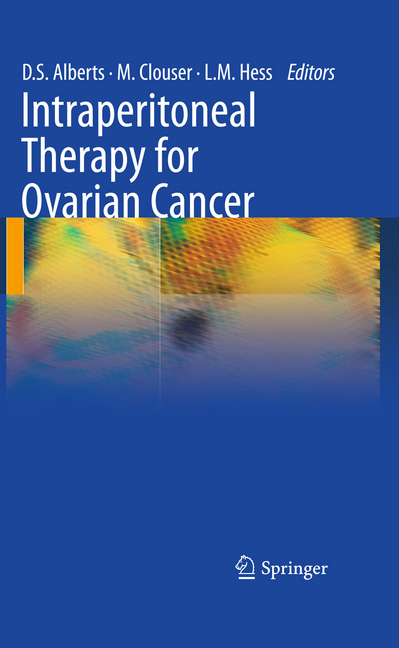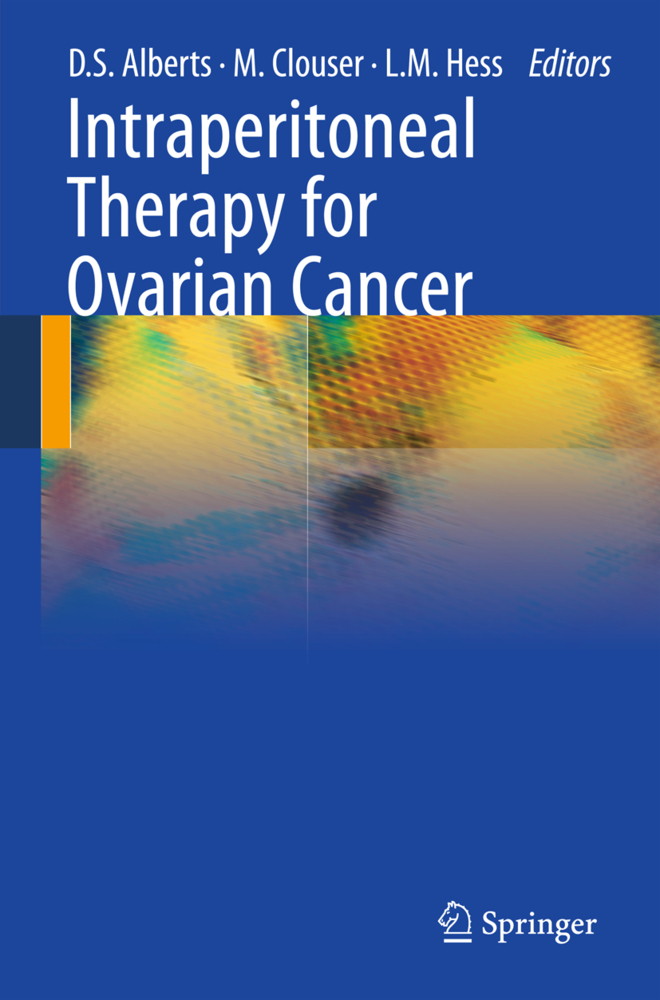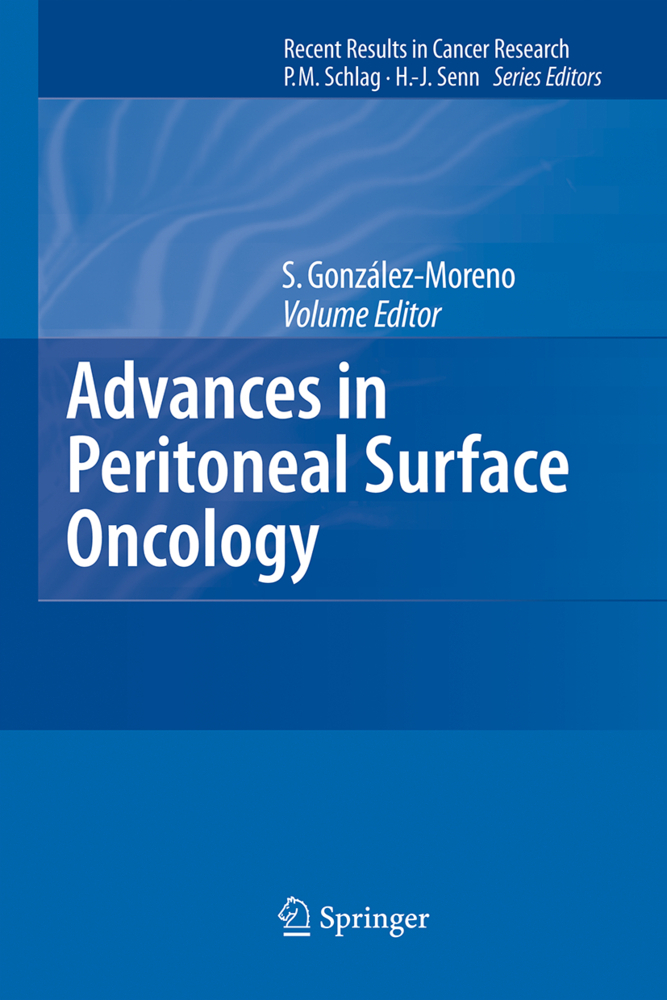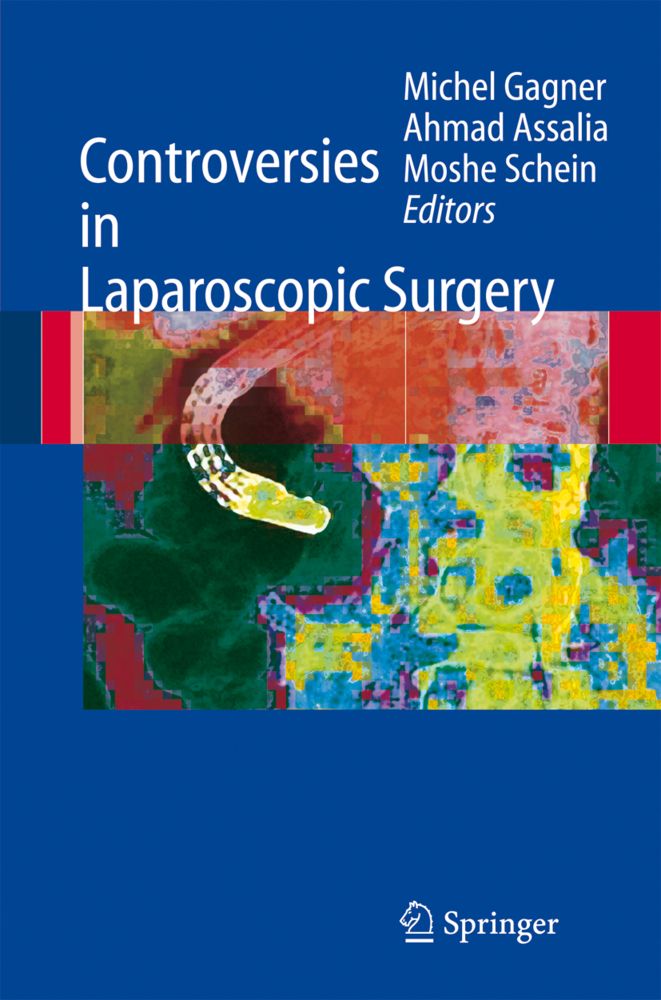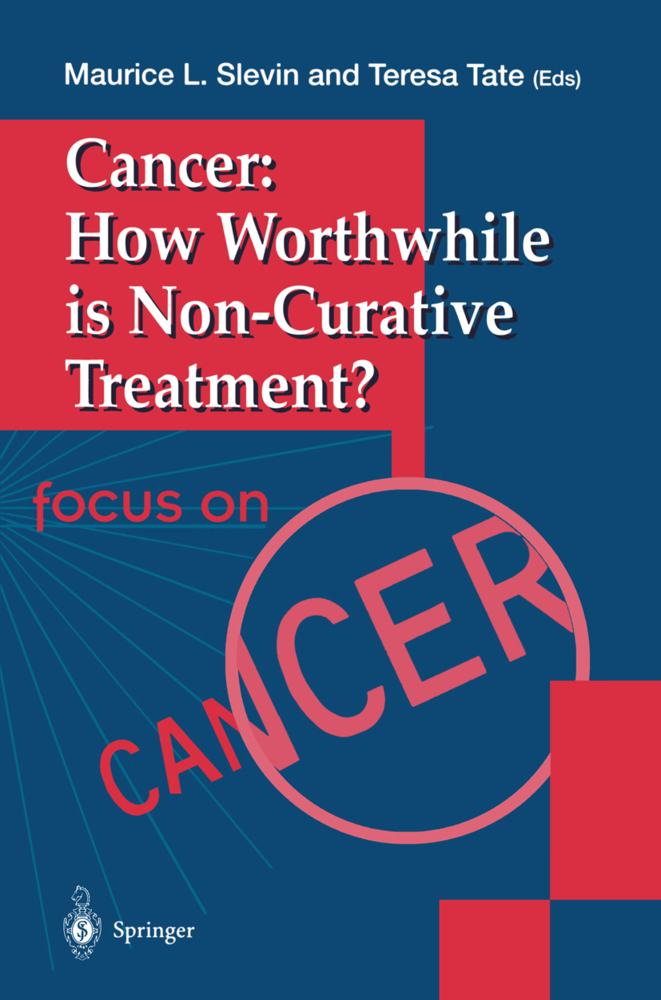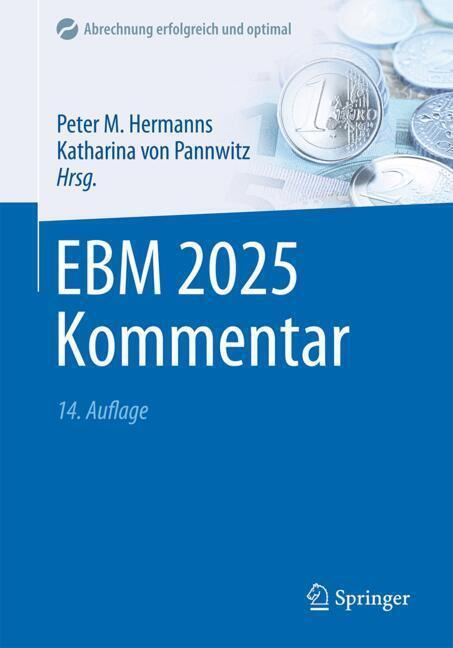Intraperitoneal chemotherapy is increasingly being used as first-line treatment for ovarian cancer. Nevertheless, it is difficult for the oncologist to find a definitive text that documents both the fundamental methods required to optimize therapy and the up-to-date results of phase I, II, and III clinical trials. With this in mind, the editors of Intraperitoneal Chemotherapy have assembled a team of highly experienced clinicians and researchers to cover every aspect of the subject. The topics addressed include treatment principles, patient, drug, and catheter selection, administration guidelines, the role of hyperthermia, supportive care requirements, novel drugs, and the most recent results of clinical trials. This book will be an invaluable source of information for both practicing clinical oncologists and oncologists in training.
Prof. Alberts is Director of the Arizona Cancer Center in Tucson, AZ. He led a workshop on intraperitoneal chemotherapy in January 2006 at the Gynecologic Oncology Group meeting with 400 oncologists and nurses present. He also published the results of the first ever phase III trial comparing IV to IP chemotherapy in the New England Journal of Medicine.
Prof. Alberts is Director of the Arizona Cancer Center in Tucson, AZ. He led a workshop on intraperitoneal chemotherapy in January 2006 at the Gynecologic Oncology Group meeting with 400 oncologists and nurses present. He also published the results of the first ever phase III trial comparing IV to IP chemotherapy in the New England Journal of Medicine.
1;Intraperitoneal Therapy for Ovarian Cancer;2 1.1;Acknowledgment;4 1.2;Contents;5 1.3;1: Introduction;7 1.3.1;References;11 1.4;2: Current Chemotherapy of Ovarian Cancer;13 1.4.1;2.1 Trials that Define Primary Treatment;13 1.4.2;2.2 Optimal Integration of Taxanes;15 1.4.3;2.3 Integration of a Third Cytotoxic Agent;16 1.4.4;2.4 New Approaches Targeting the Mitotic Apparatus;17 1.4.5;2.5 Development of Alternative Cytotoxic Agents;18 1.4.6;2.6 Biologic Principles with an Impact on Primary Therapy;18 1.4.7;2.7 Targeting Angiogenesis;21 1.4.8;2.8 Chemotherapy Resistance;21 1.4.9;2.9 Synthetic Lethal Strategies;23 1.4.10;2.10 Discussion;24 1.4.11;References;25 1.5;3: Principles of Intraperitoneal Chemotherapy;32 1.5.1;3.1 Introduction;32 1.5.2;3.2 Rationale for the Delivery of Antineoplastic Agents by the IntraperitonealRoute as a Treatment for Intraperitoneal Malignan;32 1.5.2.1;3.2.1 Anatomic Location of the Cancer;32 1.5.2.2;3.2.2 General Physiology of the Peritoneal Cavity Relevant for Intraperitoneal Antineoplastic Drug Delivery;33 1.5.2.3;3.2.3 Evidence of Concentration-Dependent Biological Activity of an Antineoplastic Agent;34 1.5.3;3.3 Limitations of Intraperitoneal Antineoplastic Drug Delivery;35 1.5.3.1;3.3.1 Local Toxicity of Antineoplastic Agents;35 1.5.3.2;3.3.2 Adequacy of Drug Distribution;35 1.5.3.3;3.3.3 Limited Direct Penetration of Antineoplastic Agents into Tumor Masses;36 1.5.3.4;3.3.4 Importance of Drug Delivery by Capillary Flow;36 1.5.3.5;3.3.5 Other Relevant Issues Defining the Use of Intraperitoneal Chemotherapy;37 1.5.4;3.4 Conclusion;37 1.5.5;References;38 1.6;4: Intraperitoneal Chemotherapy:Phase III Trials;41 1.6.1;4.1 Introduction;41 1.6.2;4.2 SWOG 8501/GOG 0104/EST 3885;42 1.6.3;4.3 GOG 0114/SWOG 9227/ECOG-GO 114;44 1.6.4;4.4 GOG 0172;46 1.6.5;4.5 Future Phase III IP Trials;51 1.6.6;4.6 Conclusion;52 1.6.7;References;53 1.7;5: Criteria for Using Intraperitoneal (IP) Chemotherapy for Advanced Ovarian Cancer;55 1.7.1;5.1 Frontline Therapy;55 1.7.1.1;5.1.1 Impact of the Size of Residual Disease;55 1.7.1.2;5.1.2 Impact of Chemical Debulking Prior to IP Therapy;56 1.7.1.3;5.1.3 Impact of Disease Stage;57 1.7.2;5.2 Consolidation Therapy;57 1.7.2.1;5.2.1 Consolidation Therapy for Patients with no Residual Disease;57 1.7.2.2;5.2.2 Consolidation Therapy for Patients with Minimal Residual Disease;58 1.7.2.3;5.2.3 Impact of Retroperitoneal Disease;58 1.7.2.4;5.2.4 Impact of Stage IV Disease;59 1.7.2.5;5.2.5 Presence of Adhesions;60 1.7.3;5.3 Conclusions;60 1.7.4;References;61 1.8;6: Selection and Placement of Intraperitoneal Catheters for IP Chemotherapy for Ovarian Cancer;63 1.8.1;6.1Introduction;63 1.8.2;6.2Background on IP Catheters;65 1.8.3;6.3 Peritoneal Catheter Placement at Primary Surgery for Presumed Ovarian Cancer;68 1.8.4;6.4 Radical Surgical Procedures;68 1.8.5;6.5 Choice of Device and Catheter;69 1.8.6;6.6 Technique for Placement at Laparotomy;70 1.8.7;6.7 Prevention of Catheter Failures;71 1.8.8;6.8 Prevention of Adhesions;75 1.8.9;6.9 Delayed Insertion of Peritoneal Catheter;75 1.8.10;6.10 Interventional Radiology Placement;76 1.8.11;6.11 Removal of the Catheter;77 1.8.12;6.12 Conclusions;77 1.8.13;References;78 1.9;7: Selection of Drugs for Intraperitoneal Chemotherapy for Ovarian Cancer;81 1.9.1;7.1 Introduction;81 1.9.2;7.2 Pharmacologic Principles of Intraperitoneal Therapy;82 1.9.3;7.3 Relative Clearances and First Pass Metabolism;82 1.9.4;7.4 Tumor Penetration;83 1.9.5;7.5 Intraperitoneal Drug Distribution;85 1.9.6;7.6 Principles for the Selection of Drugs for Intraperitoneal Administration;85 1.9.7;7.7 Pharmacokinetics of Intraperitoneally Administered Cisplatin, Carboplatin, and Paclitaxel;86 1.9.8;7.8 Neutralizing Agents;88 1.9.9;7.9 Strategies for Improving Drug Penetration;89 1.9.10;References;90 1.10;8: Administration Guidelines for Intraperitoneal Chemotherapy for Ovarian Cancer;93 1.10.1;8.1 Introduction;93 1.10.2;8.2 Selection of Patients for IP Chemotherapy;93 1.10.3;8.3 Positio
Alberts, David S.
Clouser, Mary
Hess, Lisa M.
| ISBN | 9783642121302 |
|---|---|
| Artikelnummer | 9783642121302 |
| Medientyp | E-Book - PDF |
| Auflage | 2. Aufl. |
| Copyrightjahr | 2010 |
| Verlag | Springer-Verlag |
| Umfang | 153 Seiten |
| Sprache | Englisch |
| Kopierschutz | Digitales Wasserzeichen |

